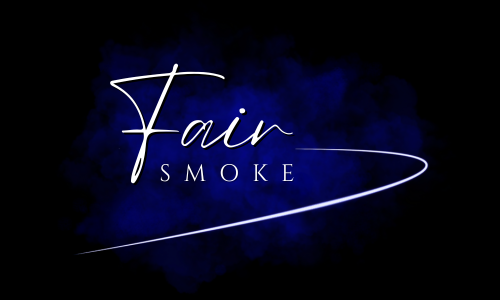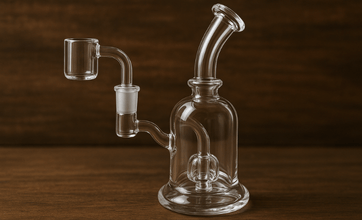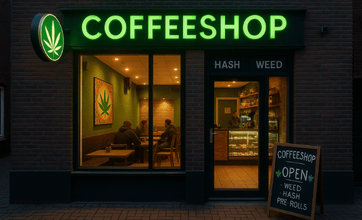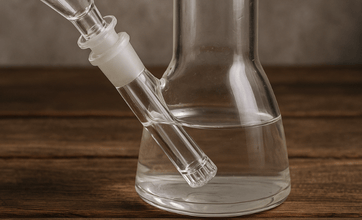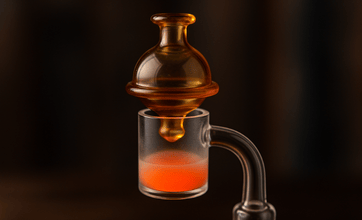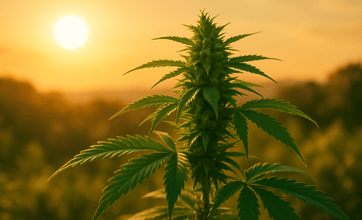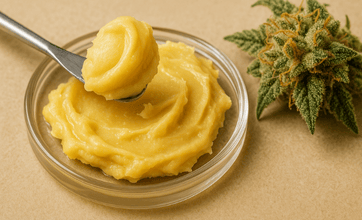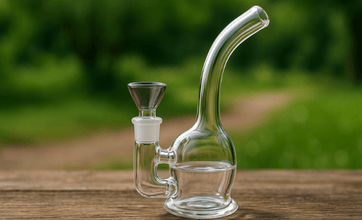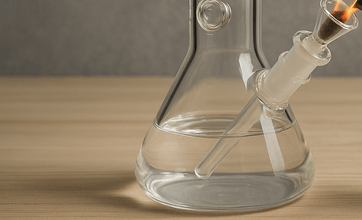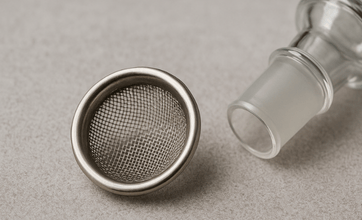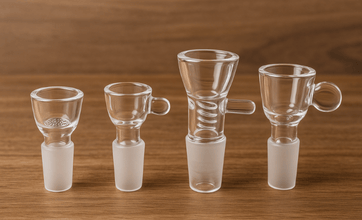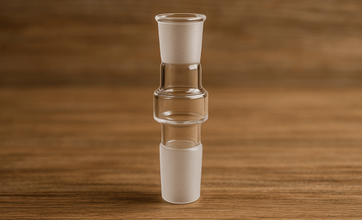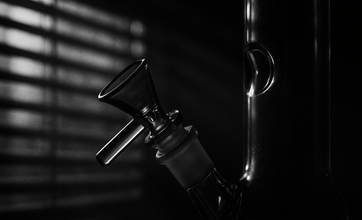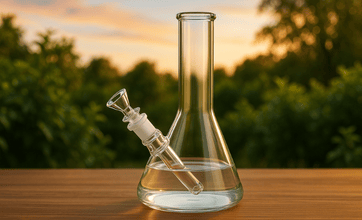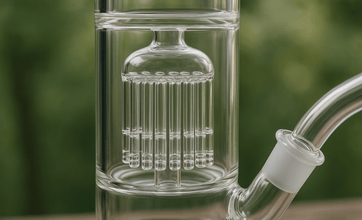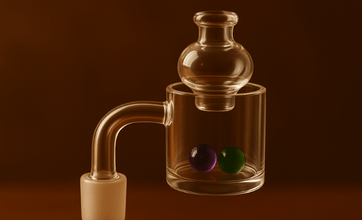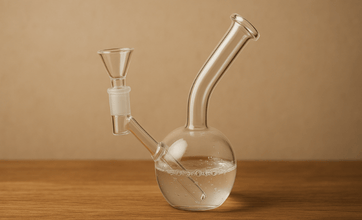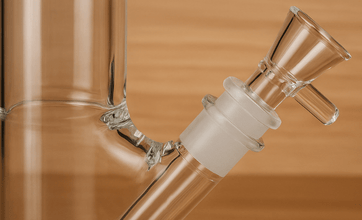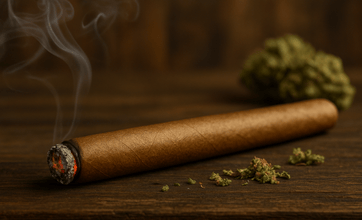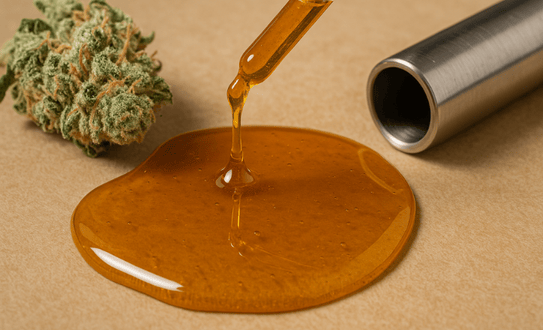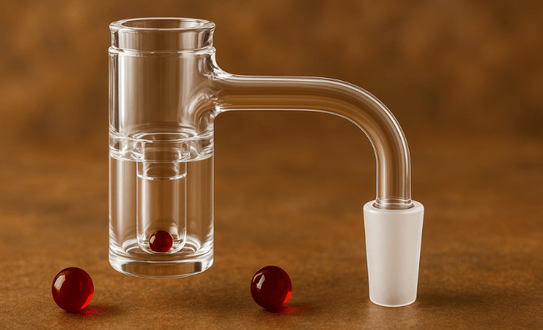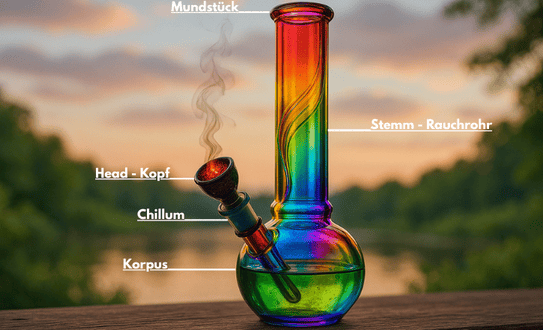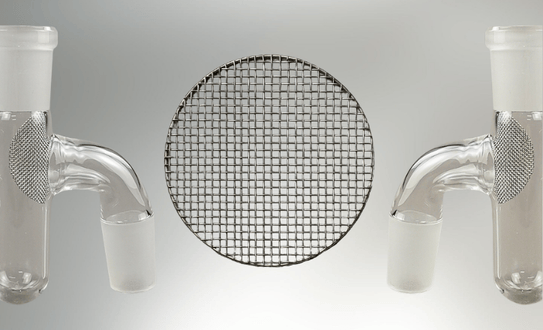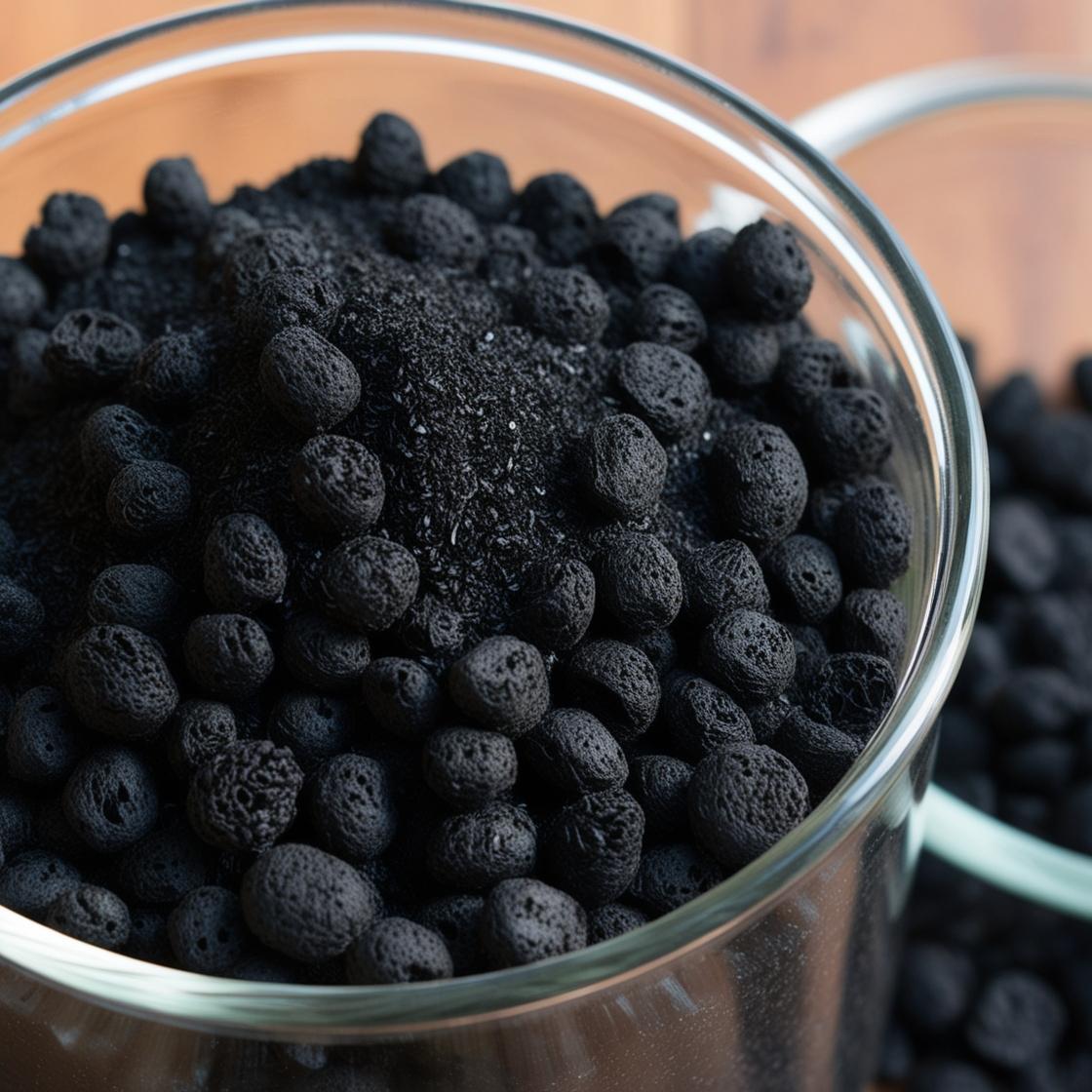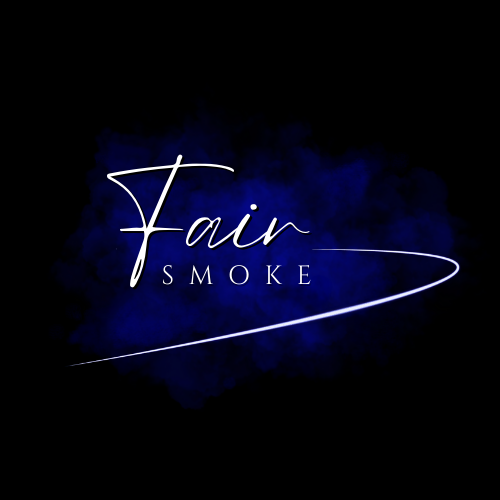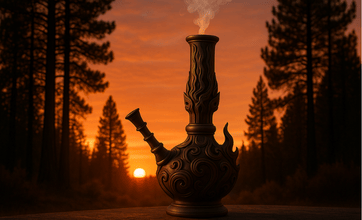
The bong—also known as a water pipe, blubber, beaker, glass pipe, tube, or affectionately, a device—is one of the most well-known smoking devices in cannabis culture. Its purpose: to cool and purify the smoke using water filtration to provide a smooth, flavorful, and intense smoking experience.
How does a bong work?
Whether it's a classic cylinder bong, a modern beaker bong, a compact mini bong, or even a dab rig, the structure is essentially similar:
- Herb or concentrate is filled into the bowl.
- When lit, the smoke is drawn through the chillum into the vessel filled with water.
- There it is filtered and cooled before being inhaled through the mouthpiece.
Optional features such as percolators, ice catchers, pre-coolers or a kick hole can further enhance the experience.
What parts does a bong consist of?
- Bowl – filling chamber for herbs or extracts
- Chillum (Downstem) – Leads the smoke into the water
- Water chamber – Cools and filters the smoke
- Smoke chamber / throat – passes the filtered smoke
- Mouthpiece – For inhalation
- Optional: Kickhole, percolator, ice compartment, pre-cooler
Common and alternative terms for “bong”
There are many names for the same device in the scene, in shops, and internationally. Here's an overview:
Classic terms:
- bong
- Hookah
- Blubber (German scene slang)
- glass pipe
- Beaker bong / Erlenmeyer flask bong
- cylinder bong
International terms:
- Water pipe (official, English)
- Tube (e.g. “straight tube”)
- Rig (for oil bongs/dabbing)
- Piece (US slang for high-quality smoking device)
- Boro (short for bongs made of borosilicate glass)
Scene terms & colloquial expressions:
- Device – generally for large or eye-catching bongs
- Pipe / tube – loose, mostly for cylinder bongs
- Cloud machine – for heavy smoke development
- Lungs made of glass – jokingly for large models
- High-end horn – with a wink for expensive bongs
- Chiller tower – for tall bongs with many percolators
- Chimney – for simple, large cylinder bongs
